Landscaping With Medicinal Plants – Growing Medicinal Herbs In The Landscape
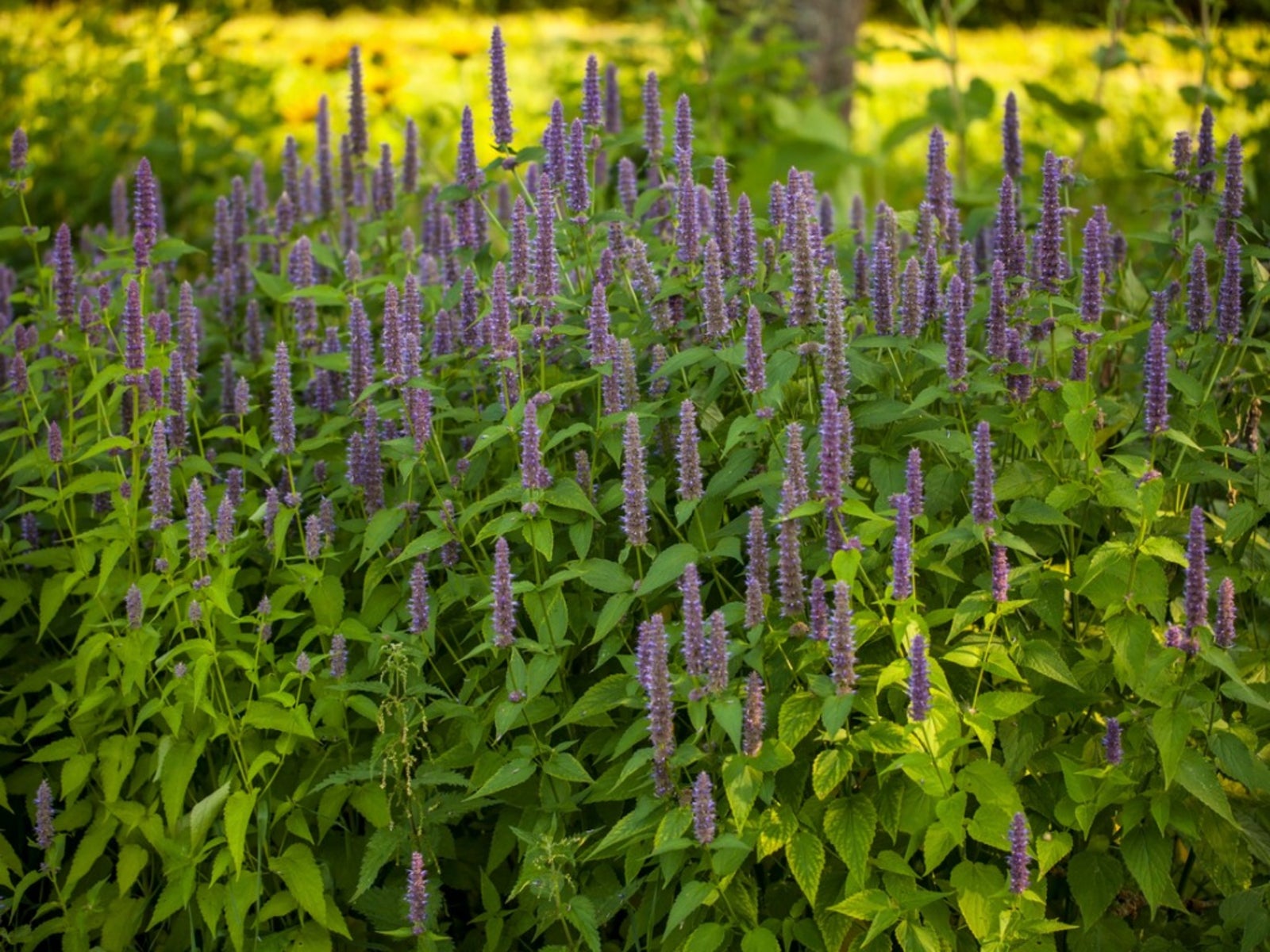
There is a current tendency to veer towards creating a landscape that is more sustainable, which often includes the use of edible plants or even landscaping with medicinal plants. Medicinal plants for landscaping purposes are often low maintenance, sometimes native herbs. Interested in more of an herbal landscape? Keep reading to learn more.
Landscaping with Medicinal Plants
Plants have a purpose -- usually multiple purposes. They are not only pleasing to the eye, but often other senses as well. Sometimes they provide shade, food or wildlife habitat.
Some plants also have health benefits. Plants were, after all, the original medicine. This added benefit makes using medicinal herbs in the landscape a win/win. But before you leap into creating an herbal landscape, there are some things to consider.
Herbal Landscape Considerations
Before you start adding medicinal herbs in the landscape, take some time to think about the size of the plant at maturity. Look at what soil conditions, light and water the plant will need to thrive. Will the plant be invasive? In other words how does it reproduce? Also what USDA zone is recommended for this plant?
While you are considering growing conditions, think about what use you would like the plant to fill. That is, what will the plant be useful for medicinally. Some examples of things to ask yourself are whether you suffer from insomnia, anxiety or inflammation. Then do some research on the types of herbal plants that can treat these ailments that will survive in your region.
Medicinal Plants for Landscaping
As mentioned, some medicinal plants already have their place in the traditional landscape. Anise hyssop, coneflower, great blue lobelia and California poppy are all fairly commonly found in the landscape.
Other medicinal plants for landscaping can mimic or stand in for traditional landscape plants, like hostas or ornamental grasses. For instance, horseradish, good for both medicinal and culinary uses, has huge green glossy leaves that make a statement. Comfrey is another plant with large, albeit fuzzy leaves that lend a tropical feel. Plus the flower is a dark purple, bell shaped bloom
Gardening tips, videos, info and more delivered right to your inbox!
Sign up for the Gardening Know How newsletter today and receive a free copy of our e-book "How to Grow Delicious Tomatoes".
For a grassy, gauzy look, try planting dill or fennel. Another herb, sage, comes in a plethora of varieties, each with the signature aroma. Calendula with its cheery blooms will enliven the early spring.
Medicinal plants for landscaping can even take the place of the usual ground covers. Try growing lemon balm, a low grower that easily spreads. With its citrusy aroma and taste, lemon balm is used for teas or even tossed into salads to calm and relax.

Amy Grant has been gardening for 30 years and writing for 15. A professional chef and caterer, Amy's area of expertise is culinary gardening.
-
 Grow ‘Karl Rosenfield’ Peony Plants For The Ultimate Frilly Border Beauties And Cut Flowers
Grow ‘Karl Rosenfield’ Peony Plants For The Ultimate Frilly Border Beauties And Cut FlowersFor frilly double magenta peony petals infused with a heady fragrance, grow ‘Karl Rosenfield’ peony plants. Here’s how to cultivate the ultimate plushy blooms
By Tonya Barnett
-
 10 Common Composting Problems That Can Spoil Your Garden Gold – Plus Easy Fixes
10 Common Composting Problems That Can Spoil Your Garden Gold – Plus Easy FixesLearn how to troubleshoot common composting issues before they ruin your stash – from bad smells and bugs to materials not breaking down as they should.
By Susan Albert
-
 Grow Tasty Herbs For Roast Turkey In Your Garden
Grow Tasty Herbs For Roast Turkey In Your GardenCan you season your turkey with herbs you grow in your own garden? Yes! Click to learn more.
By Amy Grant
-
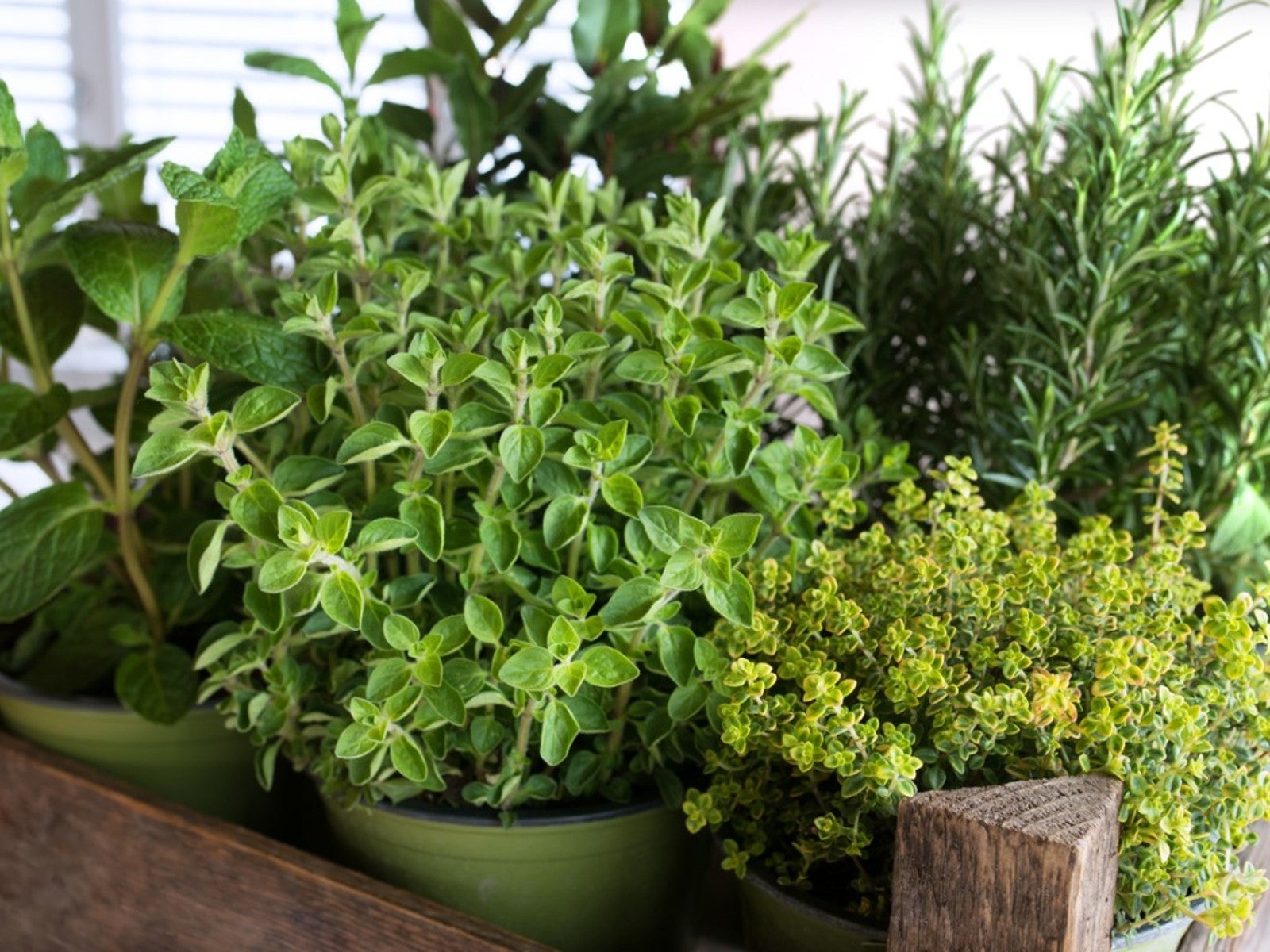 10 Easy Herbs For Beginners
10 Easy Herbs For BeginnersIf you’re new to herb growing, there are some perfect beginner herbs that are low maintenance and easy. Here are our top ten.
By Mary Ellen Ellis
-
 How To Make A Rain Gutter Herb Garden
How To Make A Rain Gutter Herb GardenOne really fun look outside the box is a hanging rain gutter herb garden. A gutter planter is a unique way to house and showcase plants.
By Bonnie L. Grant
-
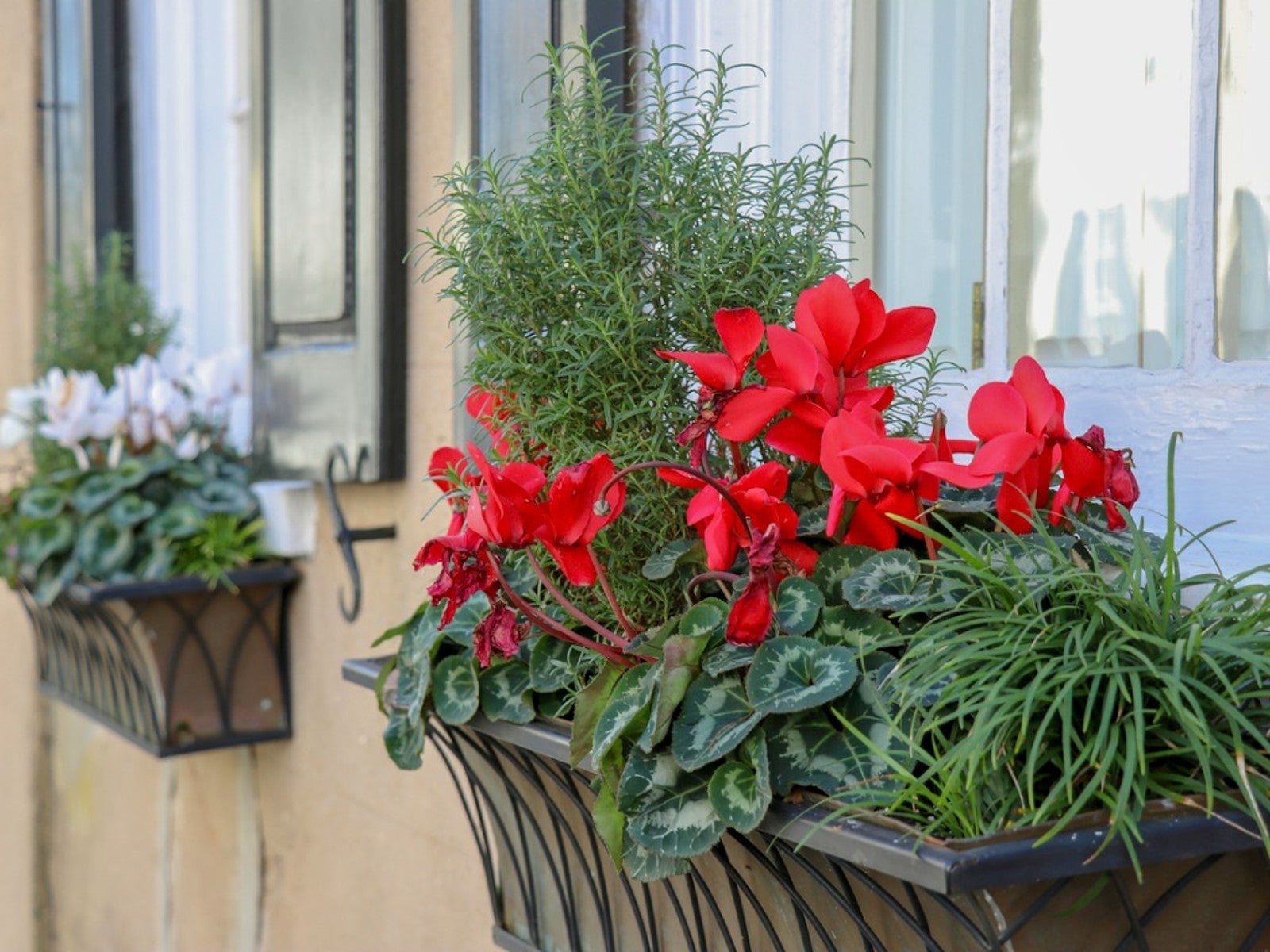 Grow A Beautiful, Edible Herb Window Box
Grow A Beautiful, Edible Herb Window BoxGrowing herbs in window boxes is a space-saving method for producing culinary ingredients for kitchen use. Click for more.
By Laura Miller
-
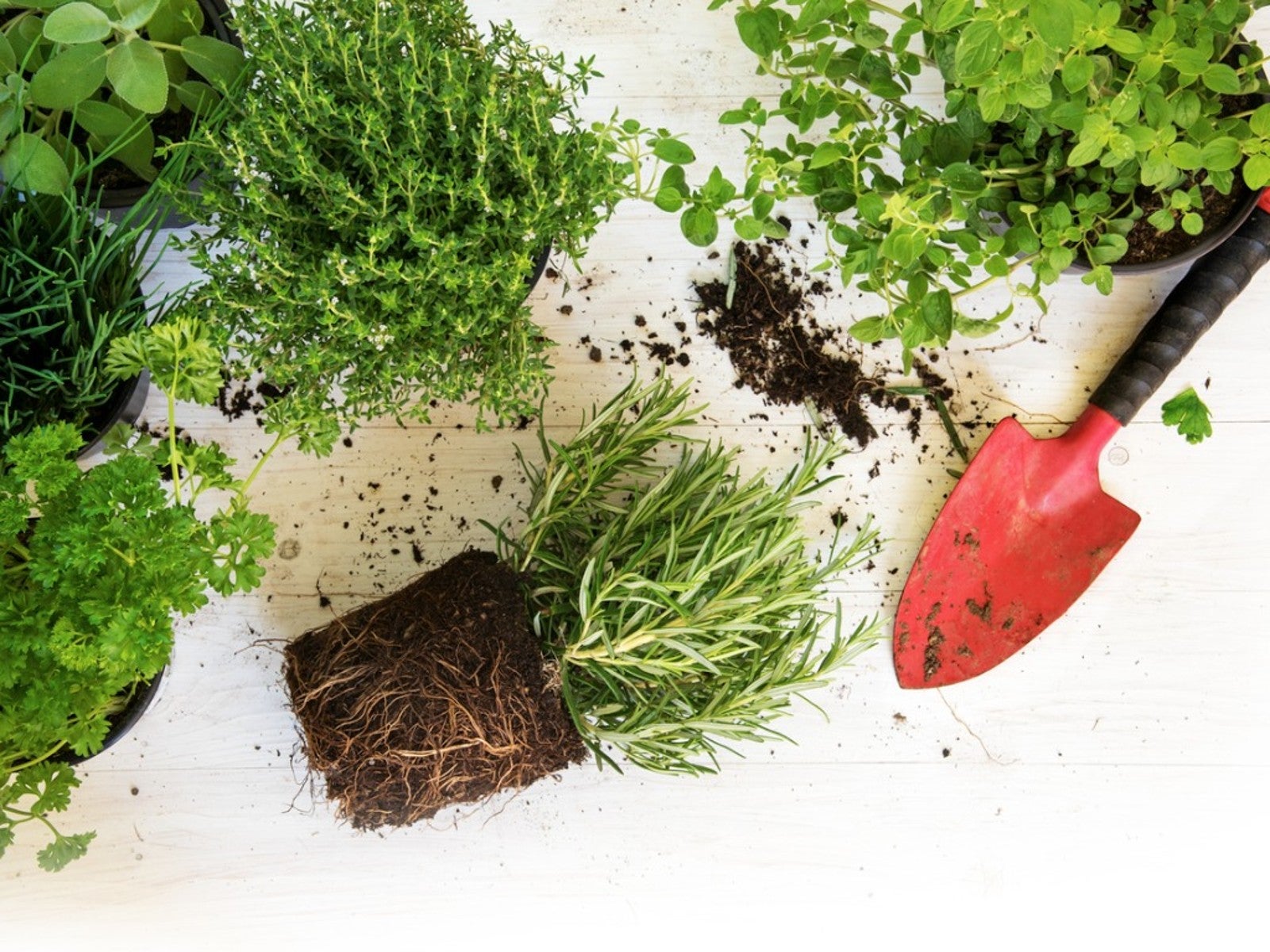 Best Herbs To Direct Sow Vs. Start Indoors
Best Herbs To Direct Sow Vs. Start IndoorsKnowing when to buy herb plants or start them from seeds or cuttings is essential to your success. Read on to learn more.
By Laura Miller
-
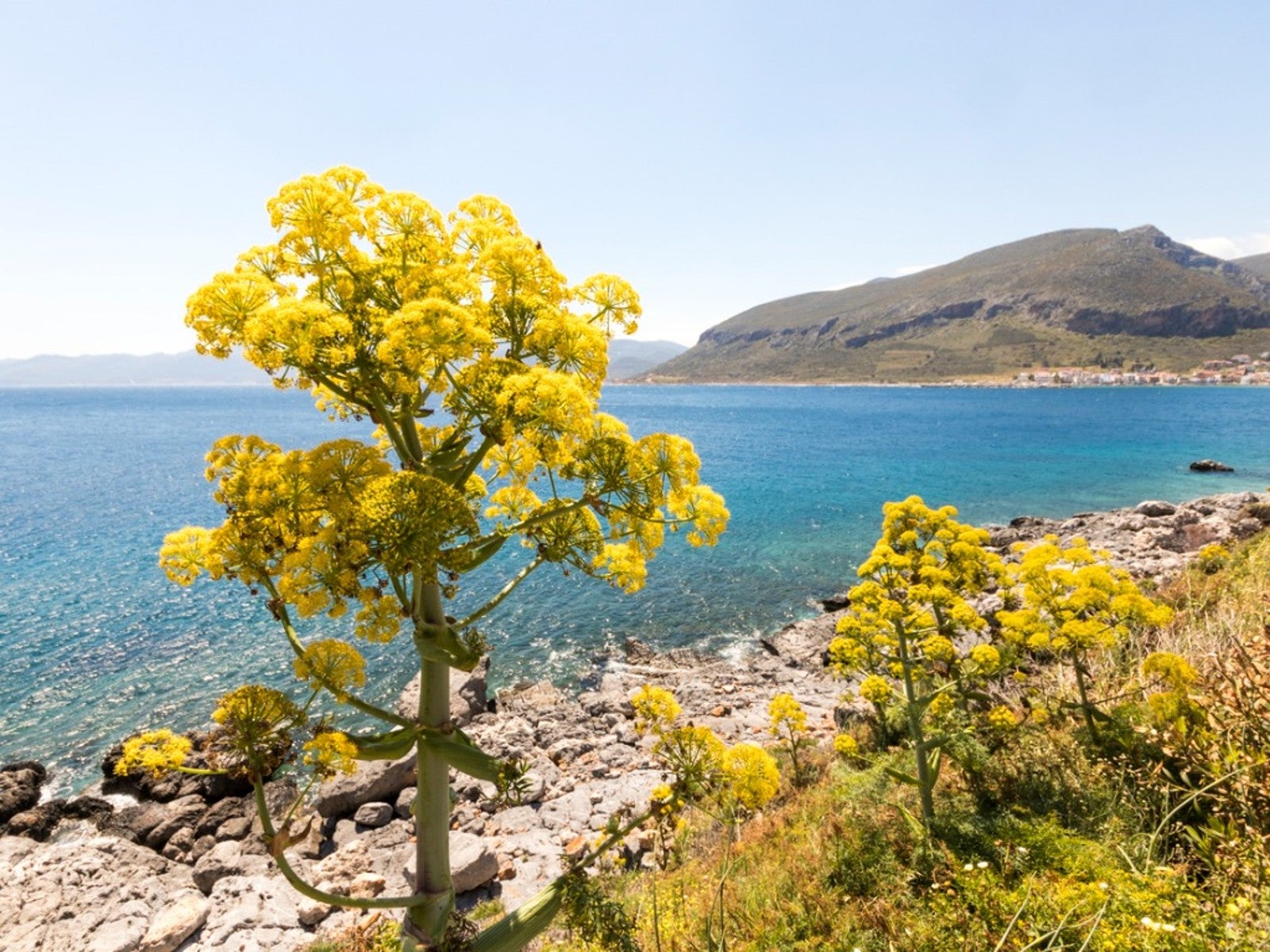 Learn About The Highly Prized Silphium Herb
Learn About The Highly Prized Silphium HerbWhat if there was a perfect plant? In ancient times such a treasure existed. It was the silphium plant.
By Laura Miller
-
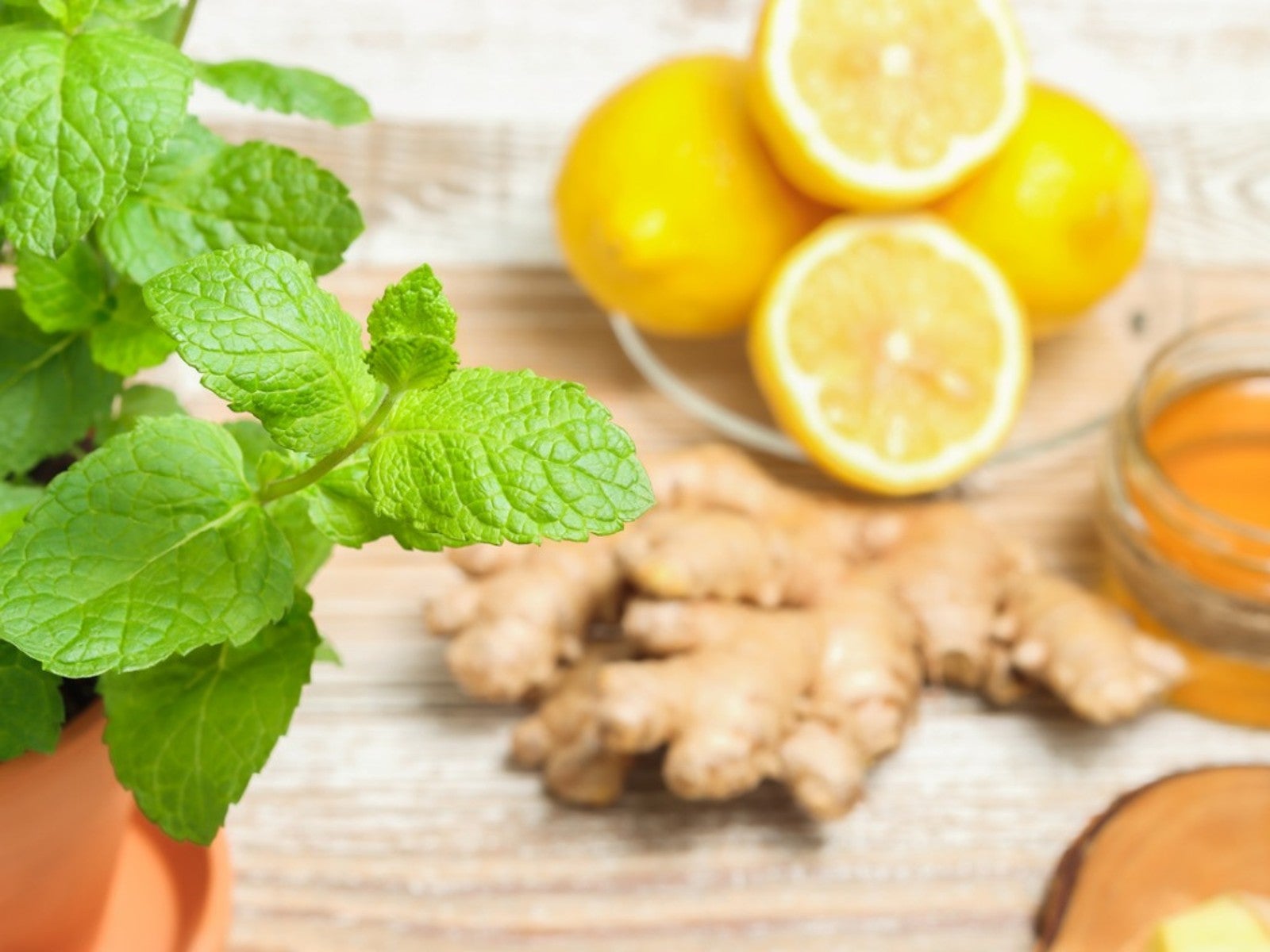 Grow Healing Herbs Indoors: Combat Winter Illness With A Medicinal Garden
Grow Healing Herbs Indoors: Combat Winter Illness With A Medicinal GardenIf you are growing medicinal plants at home, did you know you also can grow an indoor medicinal herb garden? Read on for more.
By Susan Albert
-
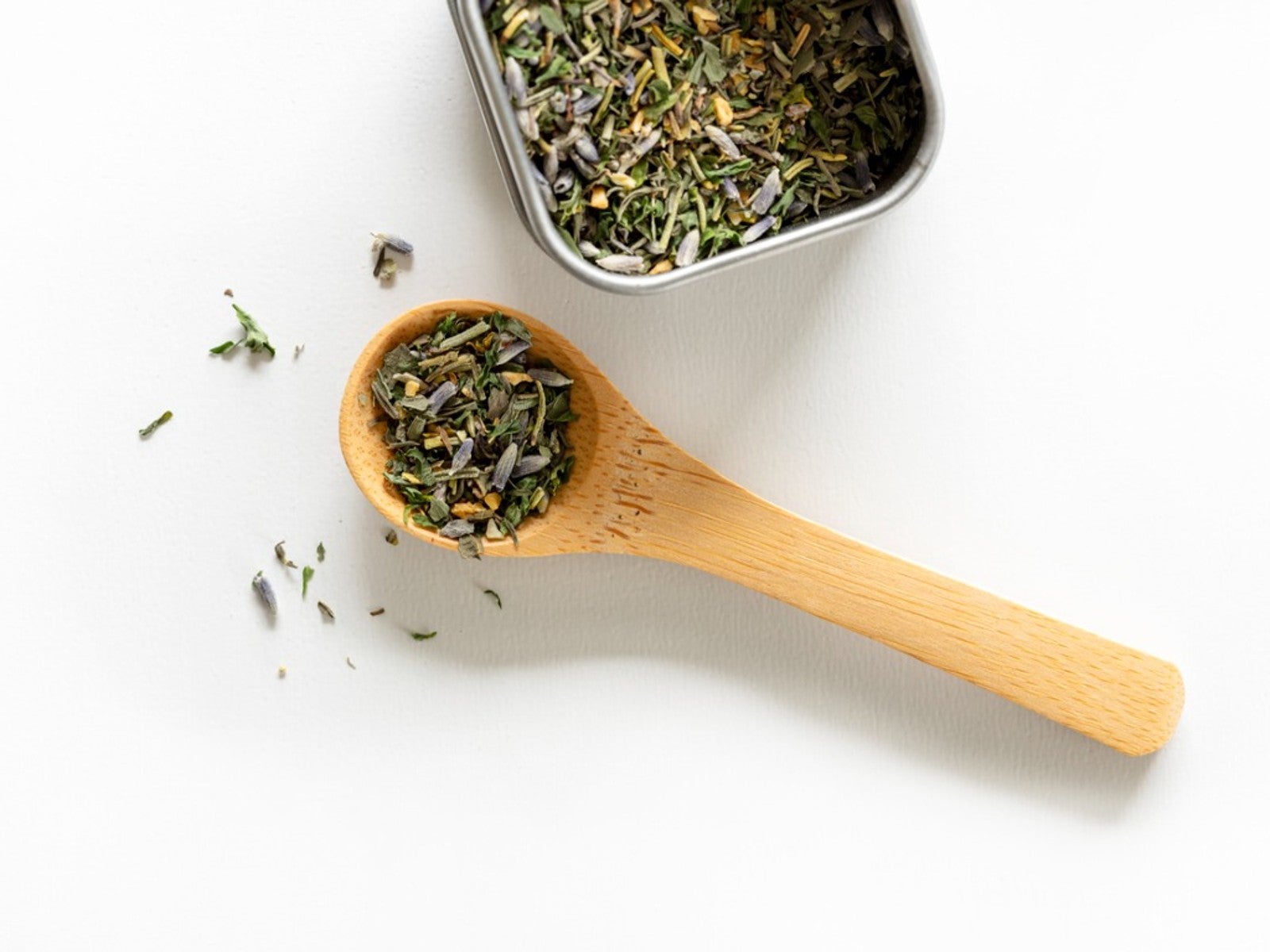 Grow Your Own Herbes De Provence - How To Grow, Dry, And Store Herbs
Grow Your Own Herbes De Provence - How To Grow, Dry, And Store HerbsHomemade gifts can add that special touch to any occasion, such as a jar of herbes de provence. Click here to learn how to grow and make your own for gifting.
By Laura Miller